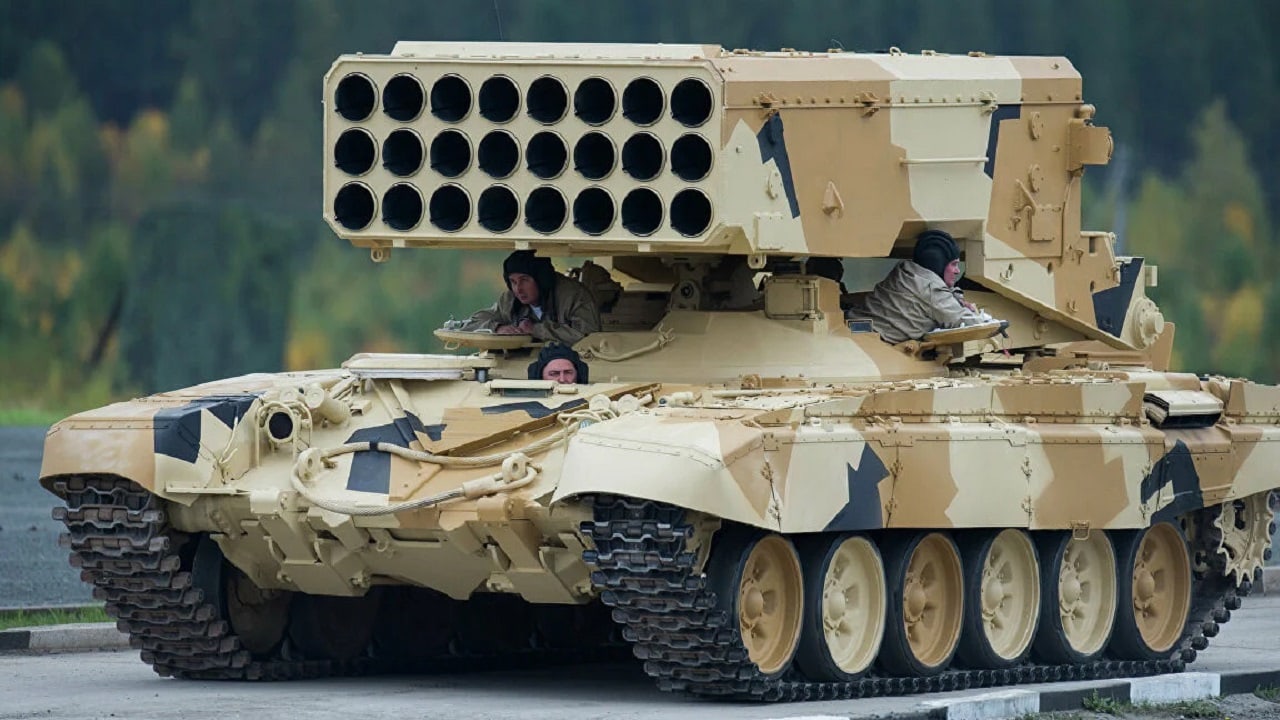For months, the world eagerly awaited the commencement of Ukraine’s counter-offensive to recapture territories seized by Russian forces.
Now that the offensive is in full swing, a few issues have become apparent.
Many analysts expected Kyiv’s progress to be much faster.
However, all movement has been very slow.
Even Ukrainian president Volodymyr Zelensky acknowledged the slow pace of the counter-offensive, which has been hindered by Russia’s heavily fortified frontlines.
This week, Zelensky told CNN in an interview that an inadequate supply of ammunition is partly to blame for the slow pace of the counter-offensive. The Ukrainian president added that some of his soldiers “cannot even contemplate” initiating an offensive due to the lack of necessary supplies.
“I’m grateful to the U.S. as the leaders of our support but I told them, as well as the European leaders, that we would like to start our counter-offensive earlier, and we need all the weapons and materiel for that. Why? Simply because if we start later, it will go slower,” Zelensky told CNN.
Western aid for Ukraine
Since the onset of the invasion, the U.S. and other North Atlantic Treaty Organization (NATO) allies have provided scores of aid to Kyiv, including humanitarian, monetary, heavy weaponry, and ammunition. A Congressional Research Service report released last month detailed that Washington alone has committed more than $40 billion in security assistance to Kyiv since February 2022. In addition to infantry arms and equipment, NATO members have delivered air defense systems, air-to-ground missiles, artillery, unmanned aerial vehicles (UAVs), armored vehicles, communications equipment, and even manned aircraft to Ukraine’s frontlines.
Most recently, the Biden administration shifted gears and agreed to allow Kyiv to fly fourth-generation American-made fighters like the F-16 Fighting Falcon – though initially the airframes will likely be provided by partner nations. Incoming shipments of the American-made M1A1 Abrams main battle tank (MBT) are also expected to enhance Ukraine’s armored corps capabilities.
Why Kyiv really needs additional munitions
While fighter jets and modern tanks will certainly aid Ukraine’s counter-offensive, additional ammunition is really what Kyiv needs to maintain its ability to fight long-term. According to a piece published by Japan Times, “U.S. officials estimate that Putin can produce perhaps 1 million rounds of 152mm artillery ammunition per year as Russian industry gears up. The U.S. produces one-seventh as much, although it hopes to double the number by year’s end and raise it six-fold over a half-decade.
European production figures are less impressive still.” The Kremlin is aware that exhausting Kyiv’s ammunition reserves could prove to be the most effective tactic in preserving their advances in the country.
In May, the European Union announced a plan to boost the output of munitions in Europe to supply Kyiv, including 155-millimeter artillery shells. EU members will be reimbursed for the munitions they donate to aid Ukraine’s efforts up to one billion euros total.
A secondary initiative will fund the joint purchase of additional munitions from Norway and EU states, while a third initiative will involve reimbursements to member states’ investments in production processes that help speed up munitions output. As Kyiv’s counter-offensive drags on, Ukrainian forces will need continued shipments of munitions to replenish stockpiles being diminished each day.
Maya Carlin, a Senior Editor for 19FortyFive, is an analyst with the Center for Security Policy and a former Anna Sobol Levy Fellow at IDC Herzliya in Israel. She has by-lines in many publications, including The National Interest, Jerusalem Post, and Times of Israel. You can follow her on Twitter: @MayaCarlin.
From 19FortyFive
A Russian Submarine Accidently ‘Destroyed Itself’
Total Massacre’: Ukraine Footage Shows Russian Cruise Missile Shipment Attacked

